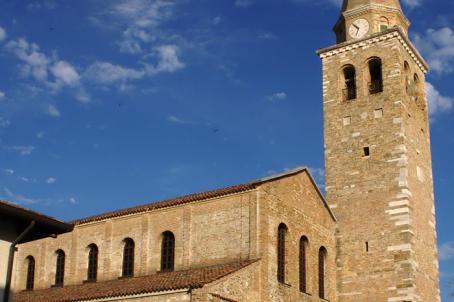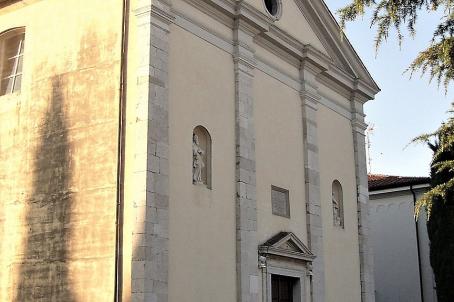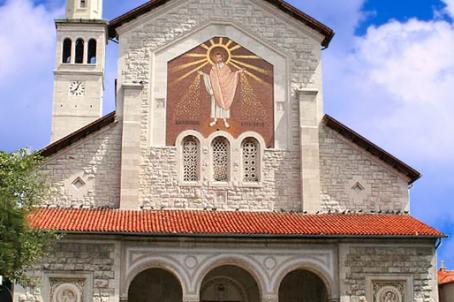Basilica of Santa Maria Assunta
The Patriarchal Basilica of Aquileia was the spiritual centre of the ancient Patriarchate of Aquileia and played a key role in the evangelisation of much of Central Europe in the early Middle Ages. Its oldest remains date back to the 15th century, the present basilica was built in the 11th century and renovated in the 13th century. The Patriarchal Basilica of Aquileia and the archaeological area are included in the World Heritage List established by UNESCO in 1998.
About this building
This site is part of the European Cultural Itinerary of Saints Cyril and Methodius. More information: https://www.cyril-methodius.cz/basilica-aquileia/






